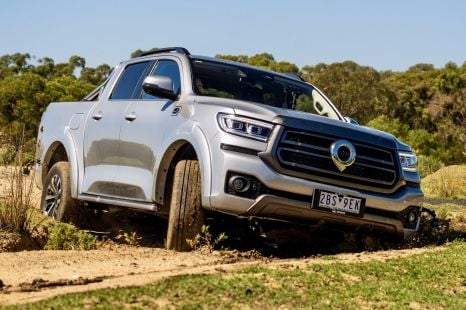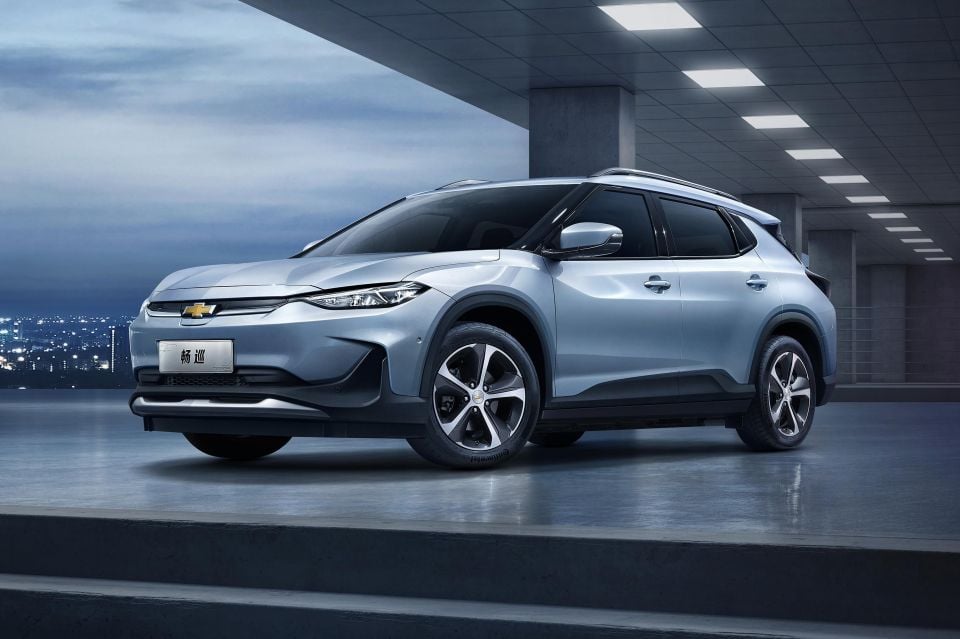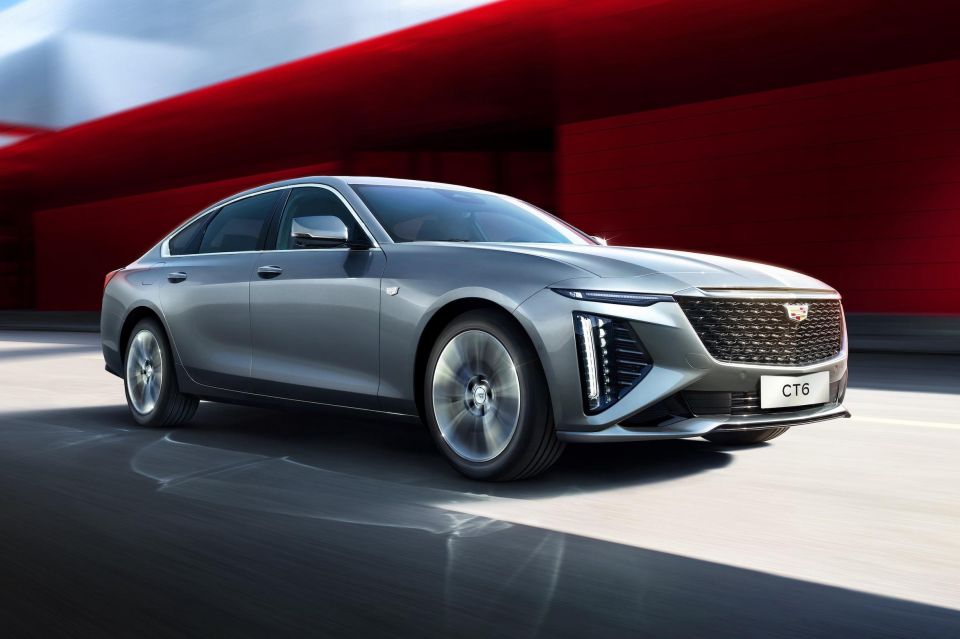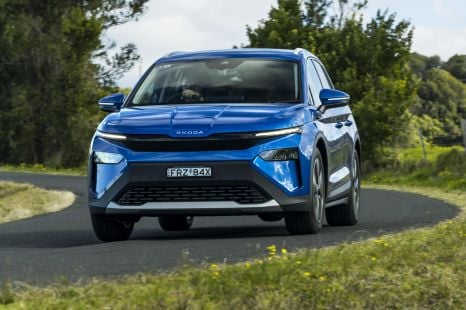

Max Davies
2026 GWM Cannon Ultra review
5 Days Ago
China was once a profit centre for GM, but tougher competition from domestic brands is forcing it to declare a financial hit as it restructures its local operation.

News Editor


News Editor
General Motors has taken a loss of more than US$5 billion (~A$7.7bn) on its Chinese operations as domestic brands there rise in popularity and foreign carmakers struggle.
The American giant has a 50-50 joint venture with SAIC Motor – the owner of brands like MG and LDV – called SAIC-GM, which produces vehicles for the Chinese market.
In a regulatory filing this week, GM said the audit committee of its board concluded a “material impairment” of its interest in SAIC GM was required as it determined a material loss in the value of its investments is “other than temporary”.
GM noted it’s currently conducting “certain restructuring actions” there to address challenges in the market.
100s of new car deals are available through CarExpert right now. Get the experts on your side and score a great deal. Browse now.

It put the value of this “material impairment” in the range of US$2.6 to $2.9 billion (A$4bn to A$4.5bn) for the quarter ending on December 31, 2024, plus an additional US$2.7 billion (A$4.2bn) in equity losses – also expected for this quarter – as a result of implementing its restructuring plan.
This plan includes plant closures and “portfolio optimisation”.
GM’s joint venture with SAIC Motor is up for renewal in 2027.

It reported a third-quarter loss of US$137 million (A$213 million) from its stake in SAIC-GM, down from a US$192 million (A$299 million) profit in the third quarter of 2023.
Automotive News reports word from CFO Paul Jacobson that GM is targeting a return to profitability in China in 2025, after three consecutive loss-making quarters, but as a smaller operation.
“The business has to stand on its own, and it can’t take a significant amount of investment. We’ll restructure some of our agreements and make sure that we can manage with the cash flows as we right-size that business to a much smaller demand set,” he said.

Bloomberg reports the non-cash charges GM is taking wipe out as much as 88 per cent of the value of its operations in China and indicates brands like Buick – once extremely popular in China – have drastically decreased in value.
It notes just two GM vehicles are among China’s top 100 best-selling vehicles this year: the Buick GL8 people mover and Verano Pro sedan, both of which are petrol-powered models.
Sales of SAIC-GM products in China are down 59 per cent year-to-date to 370,989 units, around 10 per cent of what BYD sold during the same 11-month period.

Last year, GM and its joint ventures sold 2,098,000 vehicles in China: close to 1.2 million Wuling vehicles, along with over 517,000 Buicks, over 183,000 Cadillacs, over 168,000 Chevrolets, and over 33,000 Baojuns.
GM touted its third-quarter 2024 sales in China were up 14.3 per cent compared to the previous quarter, as sales of its plug-in hybrids (PHEVs) and electric vehicles (EVs) surpassed those of combustion-powered vehicles for the first time at 52.7 per cent – a 60.7 per cent year-on-year increase, helped by the arrival of new product.
Wuling sells a range of light commercial vehicles, people movers, micro cars, and SUVs with both combustion and electric power, as well as plug-in hybrid sedans and SUVs.

Baojun also sells a mix of PHEVs and EVs, predominantly selling micro cars and SUVs.
Buick has a special significance in China, as it was the brand of choice for the last Chinese Emperor. A Buick was the first car to enter China.
But as PHEV and EV sales have soared in China, this once popular brand has struggled. It sells just one PHEV, though it recently introduced the electric Electra E4 and Electra E5 SUVs to join the Velite 6 EV wagon.
These, along with models like the GL8 and Verano Pro, have been developed for a Chinese market in which Buick sales long ago overtook those of the brand in the US, and where the lineup is around three times as large.

Chevrolet also has unique vehicles for China such as the Menlo wagon, while Cadillac’s latest generations of XT5 crossover and CT6 sedan – along with the GT4 crossover – are thus far exclusive to China.
Both Chevrolet and Cadillac recently introduced new-generation EVs to China, including the Cadillac Lyriq that’s coming to Australia soon.
GM sales in China peaked at four million in 2017, and the US carmaker was once one of the largest players in the market.
It’s far from alone in losing ground to Chinese carmakers on their home turf, however, with Volkswagen – which entered the Chinese market even earlier than GM, back in the 1980s – was overtaken by BYD as the best-selling brand in the country.
William Stopford is an automotive journalist based in Brisbane, Australia. William is a Business/Journalism graduate from the Queensland University of Technology who loves to travel, briefly lived in the US, and has a particular interest in the American car industry.


Max Davies
5 Days Ago


Josh Nevett
3 Days Ago


Max Davies
3 Days Ago


Max Davies
2 Days Ago


CarExpert.com.au
2 Days Ago


Damion Smy
2 Days Ago